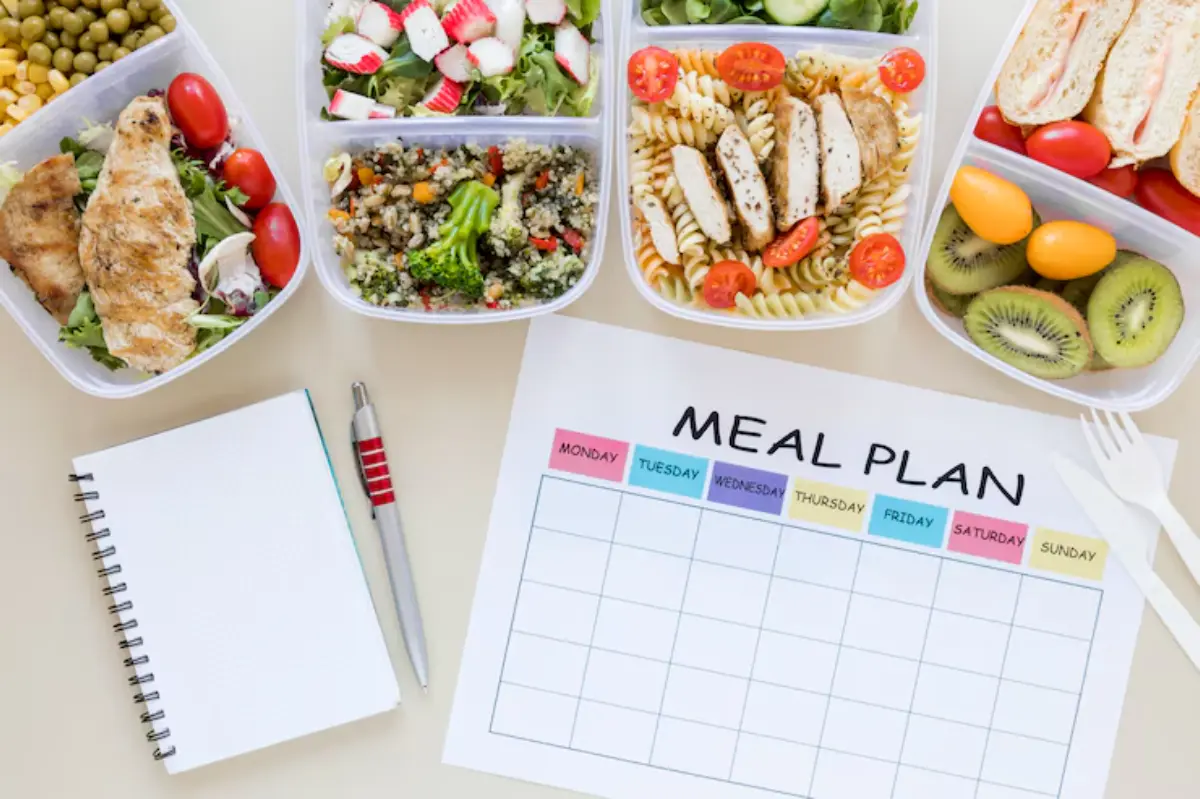
How to Make Reusable Meal Plans for the Whole Year
Tired of spending hours every week thinking about what to cook? A reusable meal plan is the solution. By preparing a yearly dinner planner, you can cycle through repeatable meal plans and take the guesswork out of cooking.
This guide will show you how to build practical, delicious reusable family menus so you can enjoy stress-free mealtimes without endless planning.
Pro Tip: A bit of upfront work now will save you hours of planning later.
Quick Guide: Why Reusable Meal Plans Work
- Save time on shopping and meal prep
- Cut down food waste with planned ingredients
- Encourage healthier eating with balanced meals
- Simplify busy weeknight cooking
- Reduce decision fatigue for the whole family
Important: A reusable meal plan doesn’t mean eating the same thing every week. Variety and flexibility are built in.
Step-by-Step: How to Create Reusable Meal Plans
Step 1: Decide How Many Meal Plans You Want
Most people find 4–8 rotating weekly plans is plenty.
| Number of Plans | Best For |
| 4 weeks | Small families, simple variety |
| 6 weeks | Families who want more seasonal options |
| 8 weeks | Larger households or adventurous eaters |
Quick Tip: Start with 4 weeks. You can always add more over time.
Step 2: Build a List of Family Favourites
Write down meals your family loves to eat.
Categories to consider:
- Pasta and rice dishes
- Soups and stews
- Grilled meats or fish
- Vegetarian or vegan meals
- Quick and easy midweek recipes
- Special weekend dinners
Pro Tip: Ask each family member to contribute at least 3 favourite meals to include.
Step 3: Create Weekly Meal Templates
A meal template makes planning easier.
Example template:
| Day | Meal Theme |
| Monday | Pasta night |
| Tuesday | Taco night |
| Wednesday | Stir-fry or curry |
| Thursday | Leftovers or soup |
| Friday | Pizza or fun night |
| Saturday | BBQ or grill |
| Sunday | Roast or slow-cooker meal |
Quick Tip: Themes give structure while still allowing you to swap recipes as needed.
Step 4: Assign Recipes to Each Day
Use your family favourite list and recipe collection to fill in your weekly template.
- Aim for balanced meals across the week
- Include at least one vegetarian meal if possible
- Plan for leftovers to reduce cooking time
Sustainability Note: Build meals around seasonal produce to reduce costs and support local farms.
Step 5: Create Matching Shopping Lists
Each weekly plan should have its own shopping list.
Organise lists by category:
- Fresh produce
- Dairy
- Protein
- Pantry items
- Frozen foods
Pro Tip: Save your shopping lists digitally or laminate them for easy reuse.
Step 6: Store Your Plans and Lists for Reuse
Options include:
- A binder with printed copies of meal plans and shopping lists
- A digital file on your phone or computer
- Meal planning apps that allow easy duplication
Quick Tip: Keep an “extras” list of easy standby meals for unexpected busy nights.
Step 7: Rotate Your Meal Plans Throughout the Year
Cycle through your plans as needed:
| Season | Adjustments |
| Winter | Hearty soups, casseroles, roast dinners |
| Spring | Fresh salads, lighter pastas, stir-fries |
| Summer | BBQs, cold meals, fresh fruit-heavy recipes |
| Autumn | Slow-cooked stews, root vegetables, baked dishes |
Pro Tip: Use colour-coded meal plan sheets for each season to stay organised.
Benefits of Reusable Meal Plans

| Benefit | Why It Helps |
| Saves planning time | No need to write a new plan every week |
| Reduces decision fatigue | You already know what’s for dinner |
| Simplifies grocery shopping | Lists are ready to go |
| Lowers food waste | Repeated use helps you buy only what you need |
| Encourages healthy eating | You can balance meals across each week |
Common Mistakes to Avoid
| Mistake | Solution |
| Trying to plan for a full year immediately | Start with 4–6 weeks and build from there |
| Forgetting flexibility | Allow for “swap nights” or takeaway treats |
| Ignoring family input | Get everyone involved to ensure they enjoy the meals |
| Not adjusting for seasons | Tweak your meal lists as ingredients change |
| Overcomplicating recipes | Keep meals simple and achievable for busy days |
Frequently Asked Questions

Will my family get bored with repeatable meal plans?
Not if you include variety and seasonal tweaks. Using 4–8 week cycles keeps meals fresh.
How do I handle special occasions or last-minute changes?
Have a backup list of quick, easy meals or allow for occasional takeaway nights.
Can I use this method for breakfast and lunch too?
Yes. Create smaller rotating lists for breakfasts and packed lunches.
Do I need special meal planning software?
Not at all. Paper, notebooks, spreadsheets, or apps all work well.
What if I want to try new recipes?
Set aside one “new recipe night” each week or fortnight to experiment.
Simplify Mealtimes All Year Round
With a bit of planning and structure, you can use repeatable meal plans and a simple yearly dinner planner to create a stress-free system of reusable family menus. You’ll save time, reduce food waste, and keep your family happy with tasty, balanced meals every week of the year.
Start simple. Stay flexible. Enjoy stress-free mealtimes all year long.


